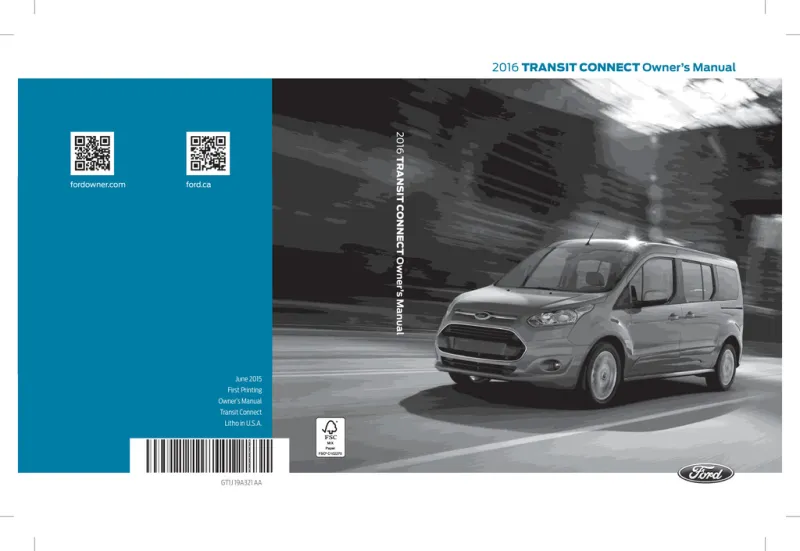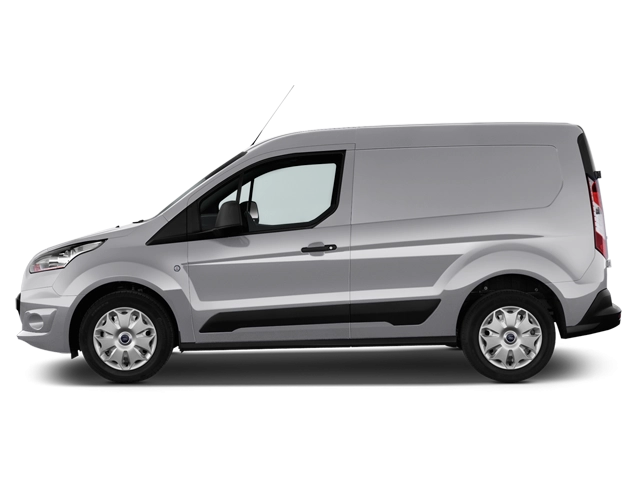2016 Ford Transit Connect Owner's Manual

Table of Contents
2016 Ford Transit Connect Overview
Introduction
The 2016 Ford Transit Connect is a versatile and practical vehicle designed to meet the demands of both commercial and personal use. With its spacious interior, exceptional load-carrying capabilities, and impressive fuel efficiency, this compact van is ideal for businesses requiring a reliable partner on the road as well as families needing extra space. Its modern design and a host of innovative technologies also make it an attractive choice for various consumers.
Powertrains
The 2016 Transit Connect boasts two efficient powertrains designed to offer both performance and fuel savings. The standard engine is a 2.5-liter four-cylinder, generating 169 horsepower and 171 lb-ft of torque, mated to a six-speed automatic transmission. For those looking for enhanced power and improved fuel efficiency, a 1.6-liter EcoBoost four-cylinder engine is available, producing 178 horsepower while delivering remarkable fuel economy figures. This engine option is especially appealing for city driving and longer travels.
Trims
The 2016 Transit Connect is available in two main trims: the XL and XLT. The XL serves as the base model, providing a solid array of features suitable for commercial purposes. Stepping up to the XLT adds more comfort-oriented options, such as upgraded upholstery, additional tech features, and enhanced convenience items. Both trims also offer cargo and passenger configurations, catering to various usage scenarios, whether transporting goods or passengers.
Features
Equipped with contemporary amenities, the Transit Connect offers a range of features designed to elevate both comfort and functionality. Standard offerings include a rearview camera, a four-speaker sound system, and Bluetooth connectivity. Higher trims come with options like Ford’s SYNC infotainment system, navigation, enhanced audio options, and advanced safety technologies to ensure a secure driving experience.
Owner’s Manual
The 2016 Ford Transit Connect owner's manual serves as an invaluable resource, providing detailed information on operating, maintaining, and troubleshooting the vehicle. It encompasses everything from safety guidelines and basic maintenance schedules to specifications for available features, making it a handy guide for both novice and experienced drivers alike.
User manual download
The Ford Transit Connect owner manual for the 2016 model year is to be found in PDF downloadable format on this page. The owner manual for the model year 2016 is free and in English, but the repair manuals are usually not easy to get and may cost more.
Manual Questions
Fill the form below and someone will help you!

